This article was medically reviewed by Luba Lee, FNP-BC, MS. Luba Lee, FNP-BC is a Board-Certified Family Nurse Practitioner (FNP) and educator in Tennessee with over a decade of clinical experience. Luba has certifications in Pediatric Advanced Life Support (PALS), Emergency Medicine, Advanced Cardiac Life Support (ACLS), Team Building, and Critical Care Nursing. She received her Master of Science in Nursing (MSN) from the University of Tennessee in 2006.
This article has been viewed 8,021 times.
Mononucleosis, commonly referred to as mono, is an infectious disease that is generally spread through salvia. While it can be difficult to diagnose, you can begin assessing whether you might have mono by recognizing if you have any of the symptoms. If you do have symptoms, your doctor can then diagnose your mono by performing a physical examination and, if needed, a series of blood tests. Once you have been diagnosed with mono, you can start to treat your mono and feel better soon.
Steps
Recognizing the Symptoms of Mono
-
1Assess whether you’ve been feeling more fatigued than usual. If you’ve been feeling more tired than usual and have been having a hard time going about your daily routine, you might have mono. Fatigue is one of the most pervasive and noticeable symptoms of mono. In contrast to more common feelings of fatigue, fatigue due to mono is generally much more extreme.[1]
- In addition to feeling physically fatigued, mono can also cause you to feel mentally fatigued, making it difficult for you to mentally function as usual.
-
2Look to see if you’re throat and tonsils are sore and swollen. Check your throat in the mirror to see if it looks particularly swollen and red. Mono can cause your throat and tonsils (if you have them) to become inflamed. If you’ve been dealing with a sore throat or notice that your throat is red and swollen, you might be dealing with mononucleosis.[2]
- Mono can occasionally be misdiagnosed as strep throat. If you were diagnosed with strep throat but your sore throat does not get better after you complete the antibiotic treatment, it’s likely that you have mono instead.[3]
Advertisement -
3Use a thermometer to see if you have a fever. Place a digital thermometer under your tongue or in your armpit to get a reading on your temperature. While mono doesn’t always present with a fever, this is often the case. Therefore, if you have a fever, you might have mono.[4]
- Fevers generally present alongside other symptoms of mono.
-
4Check for swollen lymph nodes in your neck and armpits. To check your lymph nodes, use your index and middle fingers to rub gently where your jawline meets your neck just below your ears. Additionally, rub your fingers on the sides and back of your neck. Then, use your fingers to press gently under your armpits. If any of your lymph nodes feel enlarged and swollen, it may be a result of mononucleosis.[5]
- Swollen lymph nodes usually feel hard and round in shape, like a small ping pong ball.
-
5Pay attention to any headaches and body aches. Mono symptoms are often very similar in nature to flu symptoms, and achiness is no exception. If you’ve been experiencing persistent or frequent headaches or body aches, you’ll likely need to see your doctor to assess if you might have mono.[6]
- You might have abdominal pain and spleen enlargement with mono.
- Body aches are often accompanied by “chills,” the feeling of being hot and then suddenly very cool.
-
6Examine your skin to see if you’ve gotten a rash. In most cases, people who contract mono start to exhibit a rash in the first few weeks.[7] While mono rashes can vary in appearance, the rash will generally be widespread with small raised, pinkish-red bumps.
- Mono rashes often look very similar to measles, so be sure to see your doctor if you suspect it may be either mono or measles.
- Mono rashes can also present as small, flat, round reddish-purple dots.
-
7Watch for loss of appetite. In some cases, people experience a loss of appetite when they contract mono, though this is not always the case.[8] If you’ve been experiencing a loss of appetite, particularly in conjunction with any other mono symptoms, go to your doctor to see if mono might be the cause.
- It can also be helpful to pay attention to your weight, as patients who experience a loss of appetite due to mono can lose weight very quickly.
Getting a Medical Diagnosis
-
1Have your doctor do a physical examination to look for the signs. Because most people exhibit all or most of the symptoms of mono when infected, your doctor will usually be able to provide a diagnosis based on a physical examination. During the physical examination, your doctor will check for physical signs of a fever, sore throat, and swollen lymph nodes.[9]
- Your doctor will also likely ask you how long your symptoms have lasted, whether you’ve been exposed to anyone with mono, and how severe each of your symptoms are. Your answers, in conjunction with the physical examination, will help your doctor determine if you have mono.
- Your doctor will probably do a cursory abdominal exam to see if your spleen or liver feels enlarged or tender. This is often a sign of mono.
- Your doctor may also test you for strep because the symptoms are similar. Additionally, you won't be able to take amoxicillin if you have both mono and strep because you might get a drug related rash.
-
2Get a mono spot blood test to check for EBV antibodies. If your doctor can’t definitively determine your mono diagnosis based on a physical examination, they will likely then perform a mono spot test. To perform this test, your doctor will draw a small sample of blood and examine it under a microscope. If the blood clumps, this is usually a clear indication that you’ve been exposed to the Epstein-Barr virus (EBV) and, therefore, likely have mono.[10]
- The mono spot test is usually the first blood test performed because the Epstein-Barr virus is the most common cause of mono.
- While the mono spot test is generally effective at confirming your diagnosis, it does not always accurately detect mono during the first week of the illness. Therefore, if you’ve had symptoms for less than a week and your test is negative, you may need to get another test to determine your diagnosis.
-
3Do a white blood cell count test to further support your diagnosis. If your physical examination and mono spot test are inconclusive, your doctor may also perform a white blood cell count test to see if you have an elevated number of white blood cells. While this blood test can’t confirm that you have mono, when looked at alongside your physical symptoms, it may support a mono diagnosis.[11]
- To perform this test, your doctor will draw blood (usually from a vein in your arm) and examine the sample to see if you have a particularly high number of white blood cells.
Warnings
- Adolescents and adults between the ages of 15 and 25, especially college students, are the most likely to be infected with mono and exhibit symptoms.[12]⧼thumbs_response⧽
- The Epstein-Barr virus is what causes mono, and its incubation period is 30-50 days. This means that you might get negative results on a mono test during the first 1-10 days of your illness. During this time, there are insufficient antibody levels in your body to show up on the test.⧼thumbs_response⧽
- While adults generally exhibit all or most of the symptoms of mono, adolescents often only exhibit 1 or a few of the symptoms.[13]⧼thumbs_response⧽
References
- ↑ https://www.cdc.gov/epstein-barr/about-mono.html
- ↑ https://www.mayoclinic.org/diseases-conditions/mononucleosis/symptoms-causes/syc-20350328
- ↑ https://www.mayoclinic.org/diseases-conditions/mononucleosis/symptoms-causes/syc-20350328
- ↑ https://www.mayoclinic.org/diseases-conditions/mononucleosis/symptoms-causes/syc-20350328
- ↑ https://www.cdc.gov/epstein-barr/about-mono.html
- ↑ https://www.cdc.gov/epstein-barr/about-mono.html
- ↑ https://www.mayoclinic.org/diseases-conditions/mononucleosis/symptoms-causes/syc-20350328
- ↑ https://my.clevelandclinic.org/health/diseases/13974-mononucleosis
- ↑ https://my.clevelandclinic.org/health/diseases/13974-mononucleosis/diagnosis-and-tests
- ↑ https://www.uofmhealth.org/health-library/hw5179
- ↑ https://www.mayoclinic.org/diseases-conditions/mononucleosis/diagnosis-treatment/drc-20350333
- ↑ https://my.clevelandclinic.org/health/diseases/13974-mononucleosis
- ↑ https://www.mayoclinic.org/diseases-conditions/mononucleosis/symptoms-causes/syc-20350328
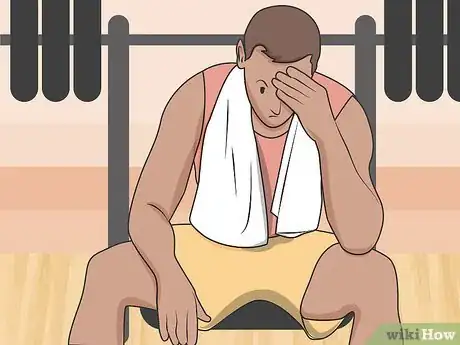
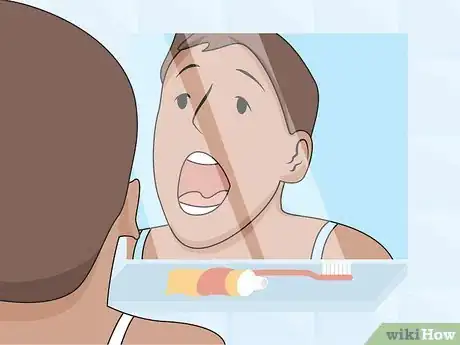

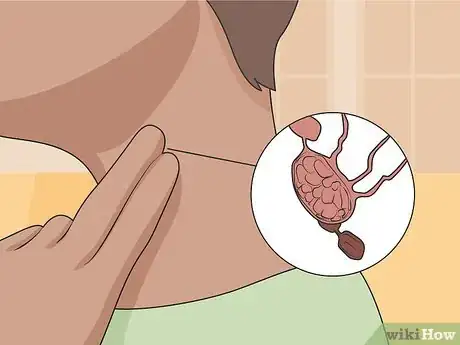
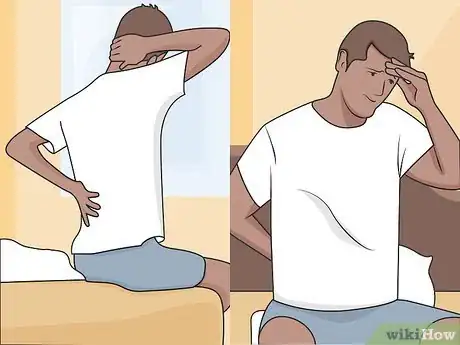
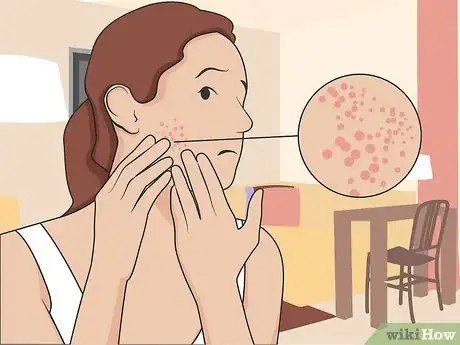
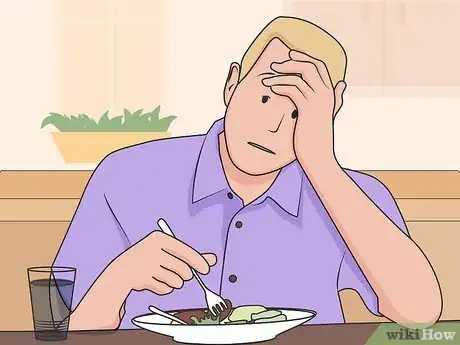
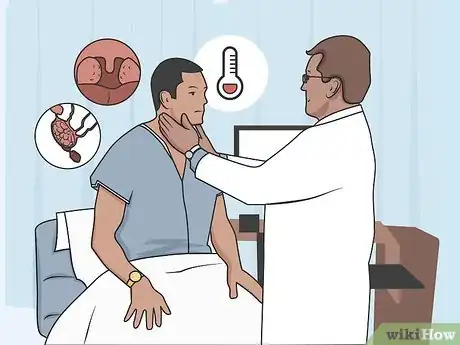
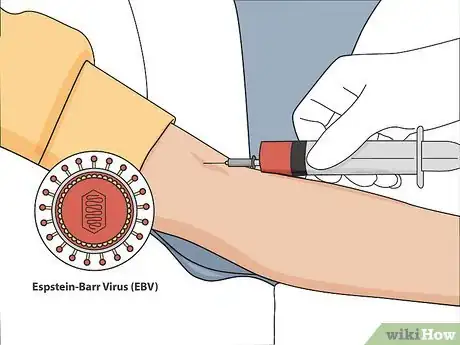
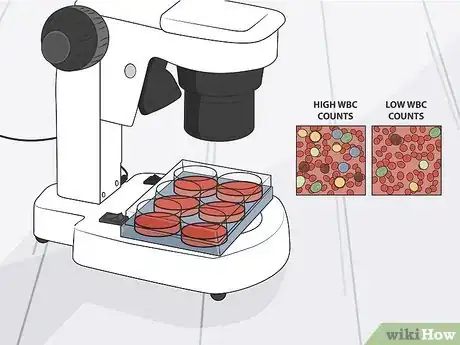
-Step-11-Version-2.webp)

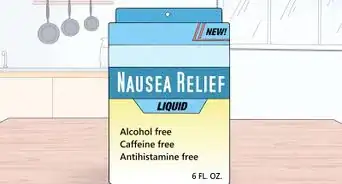
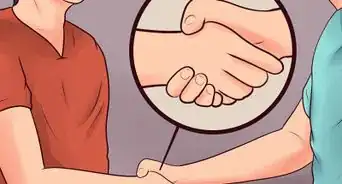
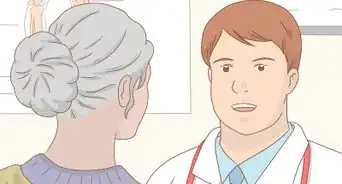

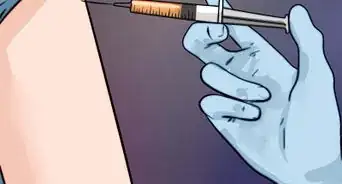
-Step-13.webp)
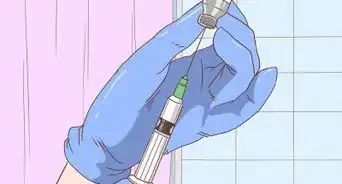
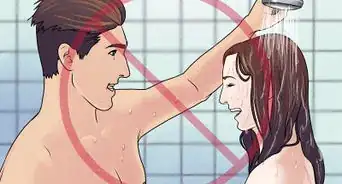
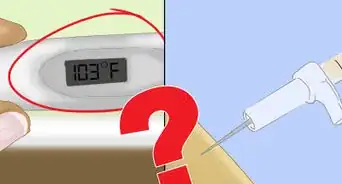
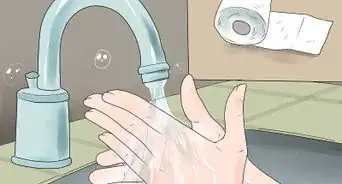







-Step-11-Version-2.webp)

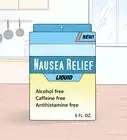
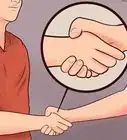



































Medical Disclaimer
The content of this article is not intended to be a substitute for professional medical advice, examination, diagnosis, or treatment. You should always contact your doctor or other qualified healthcare professional before starting, changing, or stopping any kind of health treatment.
Read More...